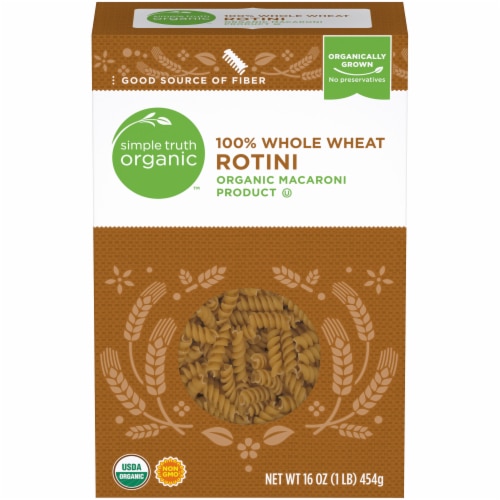If you love carbohydrates, science is giving you a great reason to eat foods such as legumes, whole-wheat pasta and bananas. It all boils down to the “resistant starch” found in these foods and others.
Resistant starch got its name because it is “resistant” to digestion. As a result, this type of starch bypasses the small intestine – where most food is digested – and moves into the large intestine, where it ferments. Healthy bacteria living in the colon use the starch as a source of food.
The benefits of resistant starch
Resistant starch has been associated with promoting good health in people, including:
- Improved gut health
- Lower blood sugar following a meal
- Reduction of appetite
- Anti-inflammatory activity in the body
One recent study of mice even found a link between consumption of resistant starch and a reduced incidence of colon cancer.
Foods rich in resistant starch tend to produce a sense of fullness in the person who eats them. Thus, they also may be a good food source for people trying to lose weight.
In addition, such foods have a lower glycemic index. This means they trigger a smaller rise in blood glucose than other starchy foods.
For that reason, resistant starch may be particularly good for people with diabetes.
“Consuming resistant starch in place of refined starches lowers post-meal blood glucose and the associated insulin response,” says Erin Peisach, a San Diego-based registered dietitian nutritionist.
Getting more resistant starch into your diet
You will not see the term "resistant starch" on a food label, although you might see it under the guise of terms such as "starch," "cornstarch," "modified corn starch" or "maltodextrin."
However, many of the foods you likely eat every day are good sources of resistant starch. You also might try a recipe featuring resistant starch ingredients.
When looking for ways to increase resistant starch in your diet, it helps to think a bit outside the box. For example, bananas are a great source of resistant starch – but only if you don’t get stuck on yellow when you shop for them.
"Consume greener, less ripe bananas when you’re picking them out at the store," Peisach says. That is because as bananas ripen, the starch in them turns to sugar.
When cooking starches such as whole-wheat pasta, boiled potatoes and rice, allow these foods to cool before eating them. Cooling changes the chemical composition of the carbohydrates in these foods, giving them an optimal resistant-starch kick.
Peisach’s other tips for increasing resistant starch in your diet include:
- Eating more cooked yams, and legumes such as lentils and chickpeas. In fact, legumes are one of the best sources of resistant starch. On average, raw, dried legumes contain up to 30 percent resistant starch by weight, according to the Harvard T.H. Chan School of Public Health.
- Consuming at least one serving each day of whole grains such as muesli, oats, buckwheat, barley and brown rice.
- Making smoothies and adding in prepackaged resistant starch. Peisach suggests Bob’s Red Mill Unmodified Potato Starch.
Adjusting to resistant starch
Before you fill your plate with foods rich in resistant starch, recognize that a slow transition to this type of diet makes more sense.
“Any sudden increase in fiber can cause digestive symptoms like bloating, gas and cramping” Peisach says.
Gradually increasing your intake of foods rich in resistant starch while also drinking plenty of fluids can help you avoid such issues.
Also, don’t assume that you can get your fill of resistant starch from supplements or fortified foods, Peisach says.
“It is important to receive most resistant starch from whole food sources and not supplements,” she says. Such whole foods offer additional nutritional benefits that go beyond what you will find in supplements.




